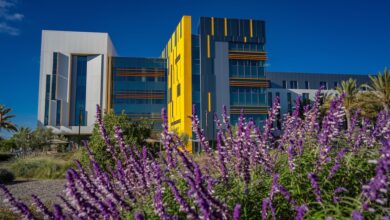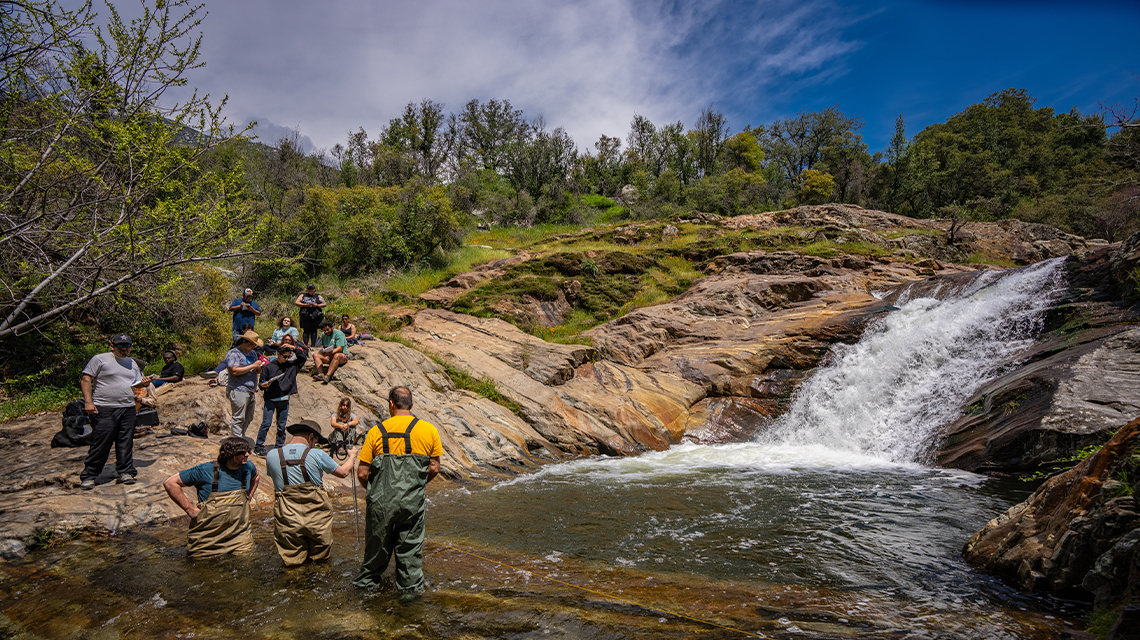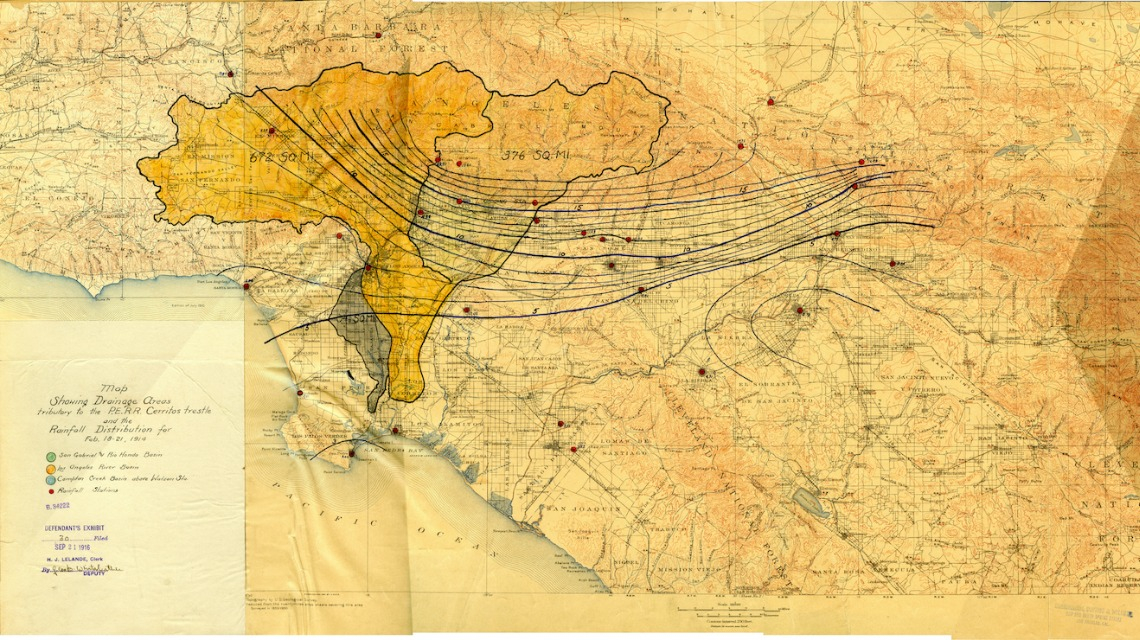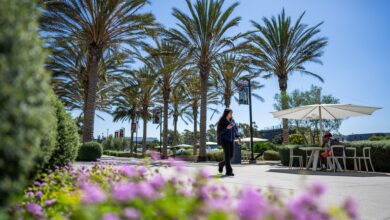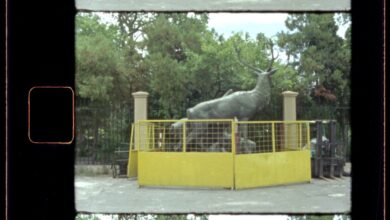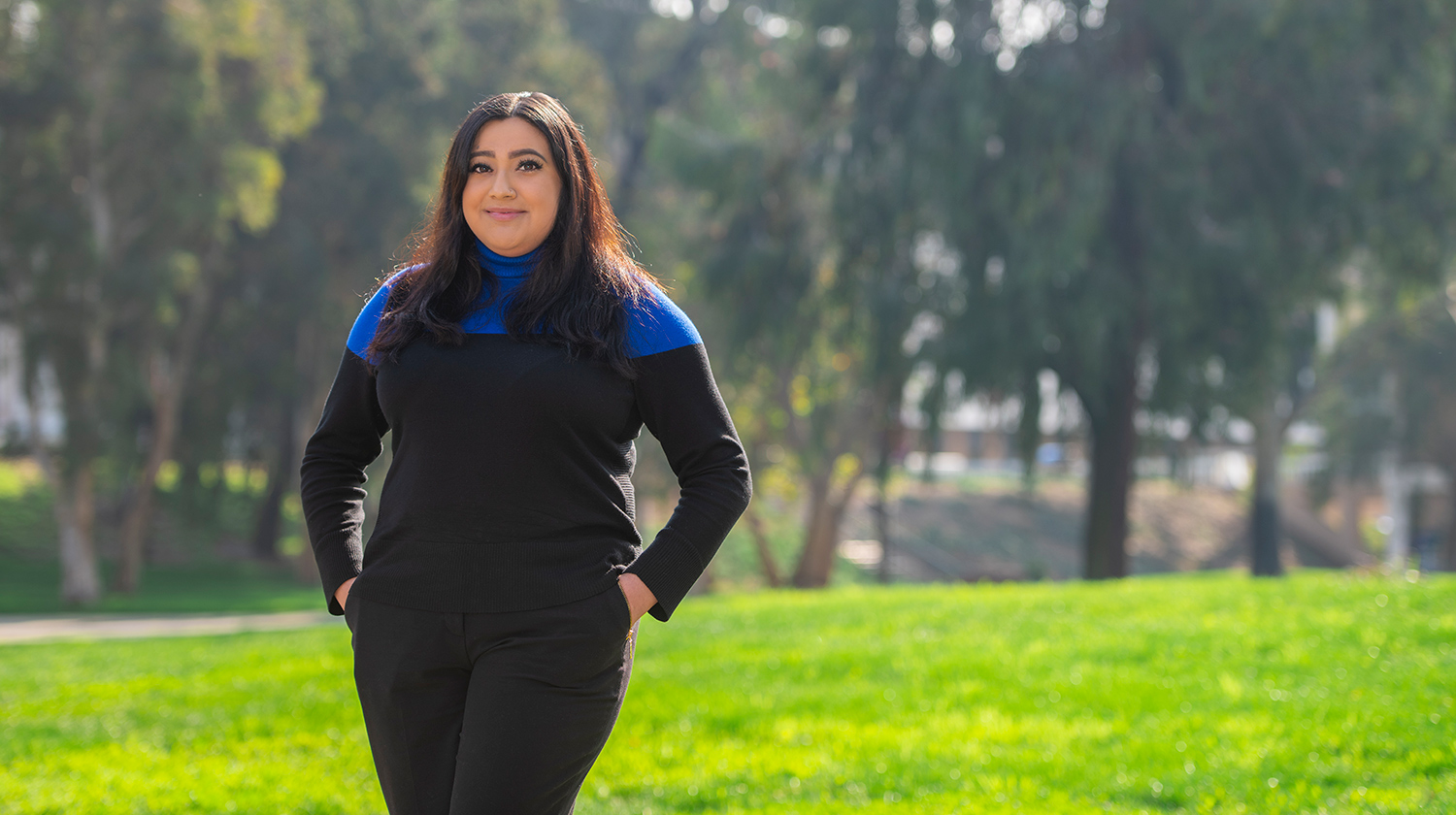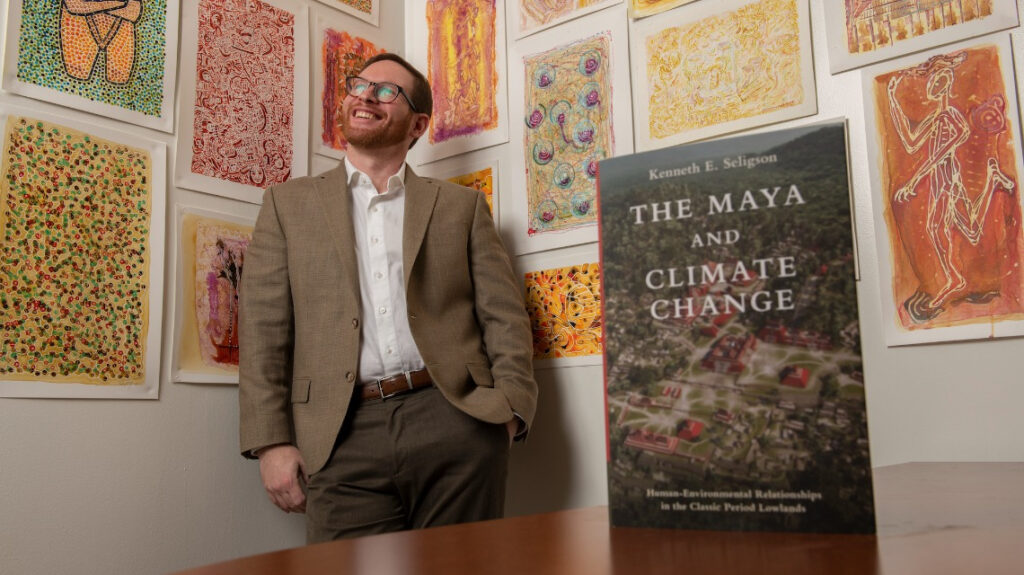
Throughout human history, civilizations have had to adapt to ever-shifting environments in order to survive–whether sudden, catastrophic climate events, or gradual changes that span centuries. These human-environmental relationships are at the center of The Maya and Climate Change (Oxford University Press, Nov. 2022), a new book by CSUDH Assistant Professor of Anthropology Ken Seligson.
Since 2010, Seligson has worked on archaeological excavations and mapping in the northern Maya lowlands of Yucatán, Mexico. He wanted to research and write a book shifting the focus away from the oft-cited “collapse” of the Classic Maya civilization, and instead toward their centuries of socioecological resilience and adaptation.
“I understand why people are fascinated by collapse, but it’s a disservice and misleading to just focus on the end of the Classic Period,” Seligson says. “The main point of the book was to reach a broader audience and promote the 700 years of human-environment relationships that allowed the Maya to flourish.”
The Classic Maya period, from 200-950 AD, was a period marked by sustained population growth. The Maya’s innovative use and management of natural resources–particularly of water–helped to support burgeoning, sophisticated cities with thousands of inhabitants.
“They had elaborate, complex mechanisms for maintaining water systems,” Seligson says. “They funneled rain into reservoirs, mimicked natural biosystems with plants, and used sand and other minerals to filter the water.”
However, from the late 700s to early 800s AD, climate destabilization began to occur, with increased drying periods and geographical pockets of megadroughts. Though the Maya used mitigating measures to try to preserve more rainfall, many resorted to migration in pursuit of water. Seligson says that Maya in the south moved north, intermingling with northern Maya communities and adapting to different local traditions.
“We tend to think of migration as a modern thing, but people were moving around all the time–and may have been dealing with similar issues we see today with cultural differences,” he notes.
In addition to a changing climate and mass migration, other destabilizers including warfare, political jockeying, and civil unrest marked 750-950 AD, known as the Terminal Classic Period. Seligson resists the use of the word “collapse” as it connotes suddenness, instead referring to this period as one of breakdown and transformation.
“People ask me what happened to the Maya, as if they disappeared–they didn’t,” Seligson says. “There are still more than 7 million Maya people thriving today, it’s just a different sociopolitical system. Like with every civilization around the world, everything is cyclical and nothing lasts forever.”
Seligson acknowledges that parallels can be drawn between the effects of climate change and social upheaval today with those faced by the Maya. However, he points out that Maya people living 1200 years ago may not have considered themselves to be living in a historical time of decline.
“Someone living in 767 or 812 AD could look out their window and see everyday things, like people going to the market,” he says. “They wouldn’t see the broader trends that we can see in hindsight.”
He added that one of the main lessons he hopes we can learn is the importance of “being willing to adapt, and recognizing that life is not going to be the same forever.”
“We have to find ways to make the new reality work.”

